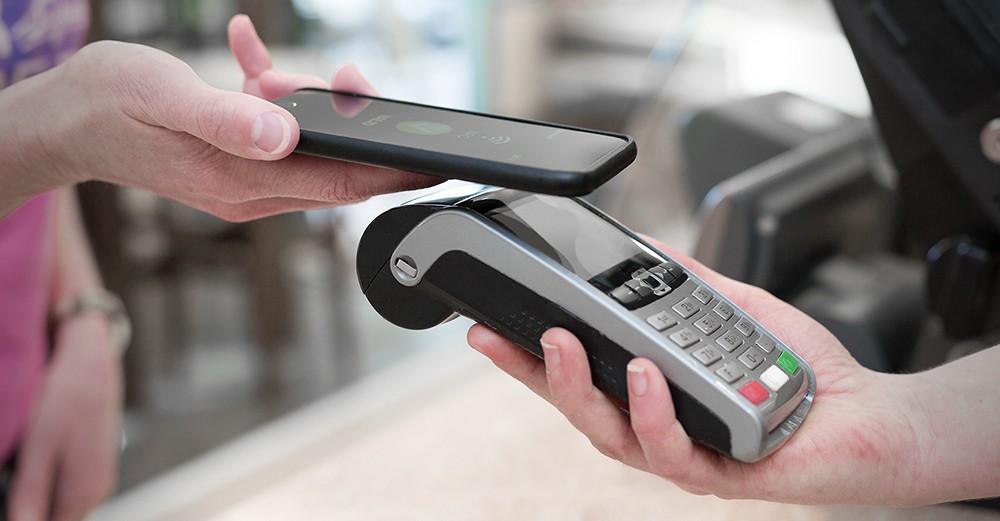
Retail trends accelerated by COVID-19
A surge in touchless self-checkout, contactless payments and of course online retail are among the trends emerging in retail as the US sector grapples with swift change in the wake of COVID-19.
These are just one of the ways the sector is radically transforming, with experts predicting there will be further changes ahead as the retail industry evolves, pivots and adapts to become more resilient.
Here’s a snapshot of just some of the trends being accelerated in retail by COVID-19.
Touchless checkout
According to a recent survey by Shenkel, US consumers are rapidly embracing touchless self-checkouts as two-thirds of customers look to change their shopping habits in the midst of COVID-19.
Their findings indicate 87 per cent of shoppers say they would prefer to shop in stores with touchless or robust self-checkout options while more than two-thirds of consumers are now using self-checkout, touchless self-checkout or frictionless micro-markets to pay for groceries.
The findings further note:
- Exactly half of consumers are aware of touchless self-checkout options, where items are automatically scanned and recognized without needing to touch a pad or screen to enter their names.
- Self-checkout options remain popular with nearly 75 per cent of shoppers using self-checkout to pay for groceries frequently.
Contactless payments

US consumers have traditionally been distrustful of contactless payments but that’s quickly changing during COVID-19 and the increased hygiene concerns associated with cash payments and pin pads.
According to the Futurist Group contactless payment features are now considered a necessity by 38 per cent of American consumers, a jump of 8 per cent since the COVID-19 outbreak started.
Importantly this data was sourced early in the COVID-19 outbreak on March 3 but could be an indicator contactless card usage is set to spike in the US as a result of the Coronavirus outbreak.
“What it found was that, before Covid-19 began its spread, three in 10 US adults (30 per cent) reported that contactless card payments were something they needed, while a larger share of 41 per cent said they didn’t need the feature,” creditcards.com reports.
“But data from March 3 indicates a jump to 38 per cent indicating that contactless payment is a necessity to them, eclipsing those who say they don’t need it, at 33 per cent. This represents a 26 per cent increase in the number of U.S. consumers who said they require a contactless feature.”
Online retail
Online retail was already primed to boom between 2020 and 2023, with Visual Capitalist noting it was set to become worth $6.3 trillion in the next three years.
There’s no doubt COVID-19 has accelerated that trend, with Essential Retail noting in March, e-commerce transaction volumes increased by 74 per cent.
“The rise in e-commerce sales has been particularly profound in products related to staying indoors,” they reflected.
“Compared to March 2019, transaction volumes increased by 97 per cent for home products and furnishings, 136 per cent for DIY products, 163 per cent for garden essentials, 26.6 per cent for electronics, 29.7 per cent for jewellery, and 18.6 per cent for Telco.
“Additionally, there was a 97 per cent increase in online gaming. Categories which saw a decline in transaction volume in this period included ticketing by 60 per cent, travel by 44 per cent, and online dating by 8.9 per cent.”
Meanwhile, it’s tipped the e-commerce trend will continue long beyond the quarantine of COVID-19.
“Long term, we and others in the industry predict that the shift in consumer behaviour – opting for online purchases – is likely to outlast the crisis,” Essential Retail stated.


